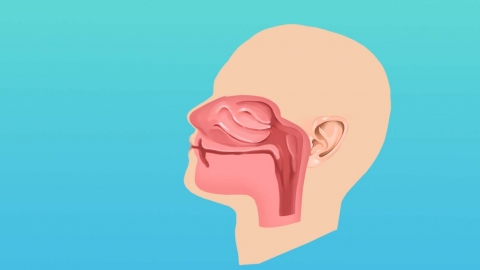Where are hemangiomas most dangerous when they grow?
There is no definitive answer to "where hemangiomas are most dangerous," but hemangiomas located around the eyes, in the throat or airway, intracranial areas, liver, and extremities are considered higher risk. These locations may compress vital organs, impair function, and even lead to life-threatening complications, thus requiring close monitoring and timely intervention. If a hemangioma is found in any of these areas and abnormal symptoms develop, immediate medical attention is recommended.
1. Around the eyes: Hemangiomas near the eyes may compress the eyeball, eyelids, or optic nerve, leading to vision loss, strabismus (crossed eyes), or ptosis (drooping eyelids). If the tumor continues to grow, it may interfere with normal eye development, posing a particularly significant threat to children's vision.
2. Throat or airway: Hemangiomas in the throat or airway can obstruct the airway as they grow, causing breathing difficulties, hoarseness, and, in severe cases, potentially life-threatening airway obstruction or suffocation. This risk is especially high in infants due to their naturally narrow airways, necessitating urgent medical management.

3. Intracranial: Intracranial hemangiomas are often vascular malformations. If they rupture, they can cause intracranial hemorrhage, resulting in symptoms such as headache, vomiting, and altered consciousness, which may be life-threatening. Because these lesions are typically asymptomatic until rupture, early detection through imaging studies is crucial.
4. Liver: Liver hemangiomas larger than 5 cm may compress surrounding liver tissue or bile ducts, causing abdominal pain or jaundice. Additionally, trauma or impact may lead to rupture and bleeding into the abdominal cavity, resulting in severe internal hemorrhage—a condition associated with extremely high risk.
5. Extremities: Hemangiomas in the hands or feet may compress blood vessels and nerves, leading to limb swelling, pain, and numbness. They can impair circulation and, in severe cases, result in ischemia and tissue necrosis, requiring prompt control of tumor growth.
In daily life, hemangiomas in high-risk locations should be closely monitored. Avoid pressing or bumping the affected area, maintain local cleanliness, follow medical advice for regular check-ups, and record changes in the size and appearance of the hemangioma to allow timely adjustment of treatment strategies and reduce potential risks.




